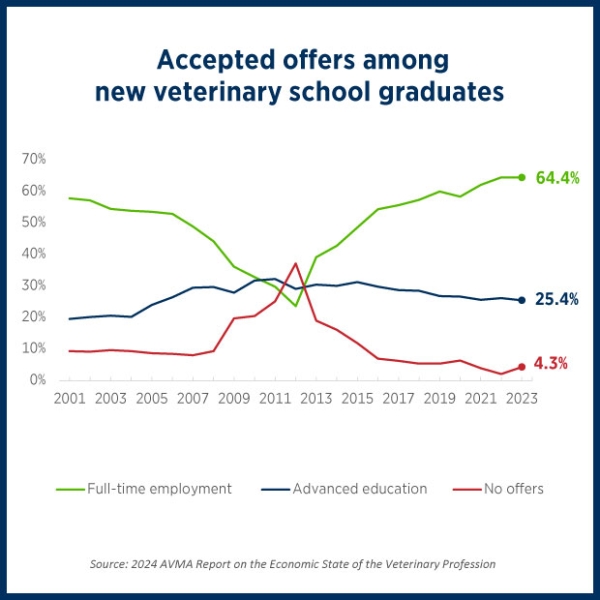Just one thing: Analyze how team members spend their time
Looking to maximize your team's engagement and productivity? Get started in just 15 minutes by having team members take stock of how they spend their time during an average workday. Regardless of your practice’s size, this is a simple yet powerful approach that can positively transform the workplace.
Have team members try this exercise:
- Reflect on how you spend a typical workday. Encourage team members to spend a few minutes at the end of an average workday (or workweek) listing the general activities they’ve engaged in. For example, veterinarians could list categories like seeing patients, performing surgery, performing treatments, running and/or interpreting diagnostic tests, filling and/or approving prescriptions, and updating medical records or communicating with clients outside appointments. No need to get bogged down in the details. Remember to include break time, too!
- Estimate time spent on each activity. Have team members include the approximate time spent on each activity, so that the total equals the total number of hours worked. This step provides valuable insights into how time is allocated across different tasks.
- Evaluate this time distribution. Ask team members to consider whether they’re happy with how their time has been allocated. Are there tasks where they feel most proficient or passionate, and others they’d like to spend less time on if possible? This self-awareness is key to identifying opportunities for redistributing tasks, and the chance to bring more joy and efficiency to the job.
After team members have completed this simple exercise, hold a meeting for members to share their findings. Are there opportunities to redistribute some tasks for the betterment of individual and team health? Think of the meeting as a task swap meet, based on the desires, strengths, education, and competencies of the various team members (within the boundaries of applicable law).
Tasks might be redistributed among team members with similar qualifications or different ones. For example, veterinarian A may wish to see more patients, while veterinarian B may wish to spend more time on surgeries. Or veterinarian A may realize they could see more patients—or actually take a lunch break—if they employed a team approach to dental procedures, such as assigning a credentialed veterinary technician to perform the dental scaling.
After tasks have been reallocated, encourage open communication about the effectiveness of the new assignments. Use this feedback loop to refine the assignments.
The result
With just a 15-minute investment from each team member, your practice can begin to unlock a more engaging and efficient workflow. Team members can find opportunities to focus on tasks that resonate with their strengths and passions, leading to increased job satisfaction and overall productivity.


Comments
Add New Comment